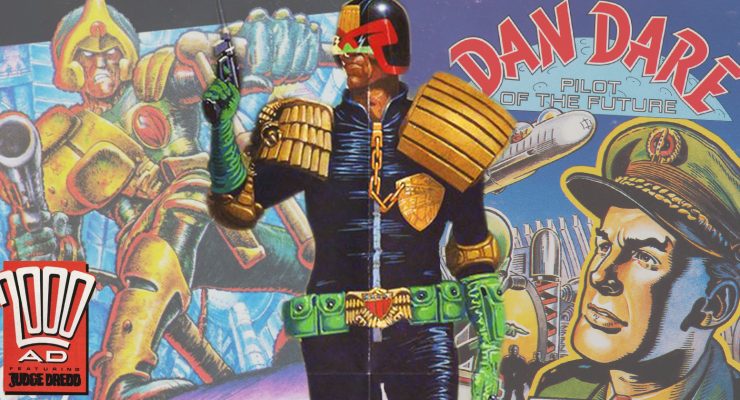Mark Allen reviews Glitterbomb #1…
Farrah Durante is a middle-aged actress hunting for her next gig in an industry where youth trumps experience. Her frustrations become an emotional lure for something horrifying out beyond the water… something ready to exact revenge on the shallow celebrity-obsessed culture that’s led her astray. Fan-favorite JIM ZUB (WAYWARD, Thunderbolts) and newcomer DJIBRIL MORISSETTE-PHAN tear into the heart of Hollywood in GLITTERBOMB, a dramatic horror story about fame and failure.
It’s no secret that trying to make it in Hollywood can be a tough gig, even when you’re not possessed by a Lovecraftian tentacle monster that frequently murders people at narrative-convenient intervals.
Such is Farrah’s lot; not only is she a struggling single mother who’s fighting poverty, a misogynistic business and competitors that are younger, bitchier and more zen than her, but she now has to contend with the Cronenbergian body horror of having an ancient marine demon taking up residency in her central nervous system.
It’s a premise with promise, despite being an obvious metaphor for the U.S. film industry’s fear of ageing female bodies and the frustration that engenders among those discarded from the biz. Unfortunately the first issue of Glitterbomb doesn’t do a lot with it, instead serving as an extended cold open for the series to come. Little is established beyond Farrah’s plummeting career and her newfound head-skewering powers, and Jim Zub’s script fills pages with cliché-ridden audition scenes and faux-authentic dialogue (“faymus people”, “that’s th’ deal!”). Every interaction Farrah has with someone – including with her son and his babysitter – feels antagonistic and unnatural. This could be an intentional method of making the audience feel uneasy, or it could just be an exclusively male creative team handling traditional, uniquely female experiences clumsily.
The art from newcome Djibril Morrisette-Phan is functional but not striking, reminiscent of other artists’ character designs and somewhat over-reliant on similar angles. The brief moments of gore are gruesome but oddly airless, and K. Michael Russell does a much better job of capturing a grim, ominous tone with faded blues and yellows than the dialogue or line art.
The issue ends on a recursive flashback that leads to a scene from the first pages, which seems an odd way to tease the upcoming series. We know what happened in this issue – why not suggest another place for the story to go? Glitterbomb reads like a high concept with no foundation: there are symbols and signs of a story here, but it’s all too thin on closer inspection. Though an essay on institutional backstabbing and sexism in the film industry by Holly Raychelle Hughes offers some unpleasant real-world context to the story, ancillary material shouldn’t have to prop up the main event.
Rating: 3/10
Mark Allen
. url=”.” . width=”100%” height=”150″ iframe=”true” /]
https://youtu.be/b7Ozs5mj5ao?list=PL18yMRIfoszEaHYNDTy5C-cH9Oa2gN5ng










